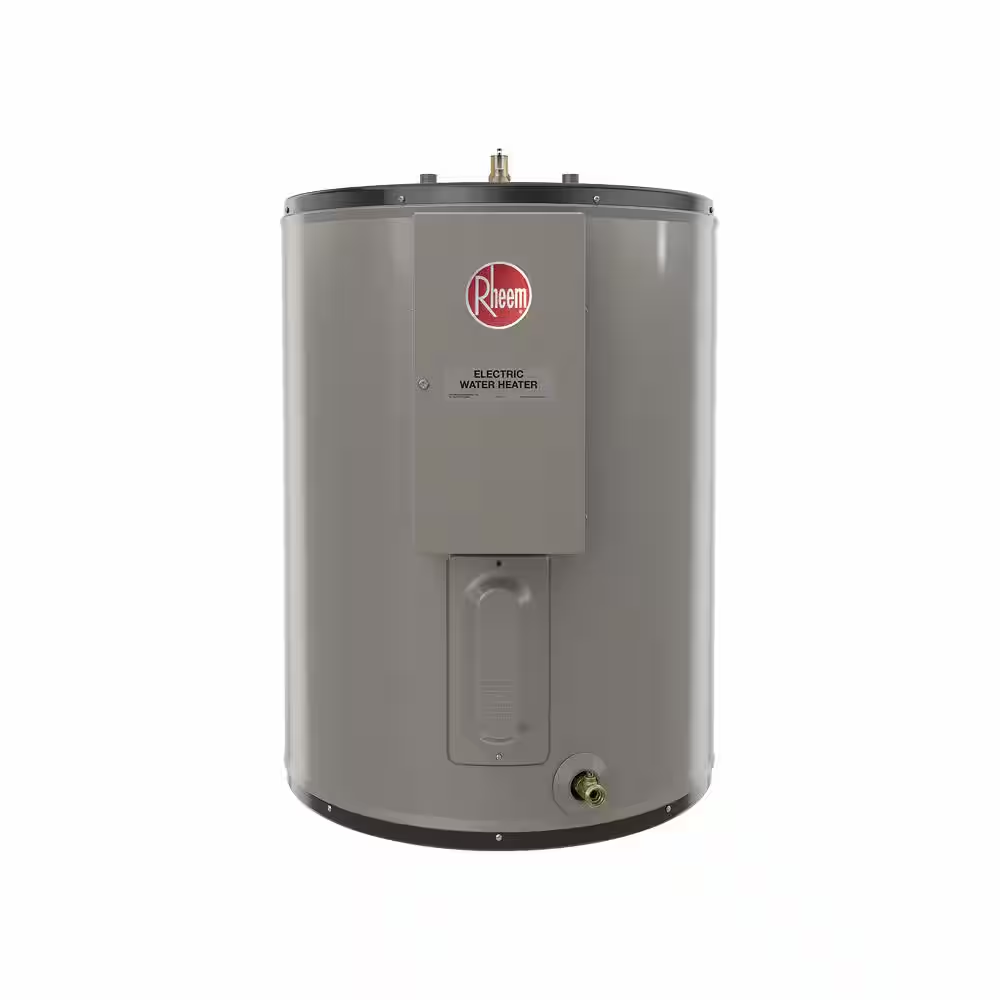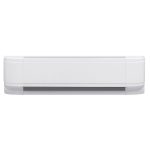Maintaining your electric hot water heater is essential for ensuring its longevity and efficiency. One critical aspect of this maintenance involves draining the tank periodically to remove sediment buildup and mineral deposits that can affect performance. Understanding how to drain your electric hot water heater quickly and safely will help keep it operating efficiently while prolonging its lifespan. This article provides a step-by-step guide on how to effectively drain your electric hot water heater, along with tips for maintenance and safety.
Understanding the Importance of Draining Your Water Heater
Why Draining is Necessary
Over time, sediments and minerals from hard water can accumulate at the bottom of your hot water heater’s tank. This buildup can lead to several issues, including reduced efficiency, longer heating times, and even potential damage to the tank. When sediment accumulates, it acts as an insulating layer, causing the heating elements to work harder to heat water. Over time, this inefficiency can lead to increased energy bills and a shorter lifespan for your water heater.
Regularly draining your hot water heater helps remove these deposits, ensuring optimal performance and prolonged service life. It’s generally recommended to drain your heater every six months to a year, but the frequency may vary based on your water quality and local conditions. Regular maintenance can save you money and prevent costly repairs down the line.
Benefits of Regular Maintenance
In addition to improving efficiency, draining your water heater regularly helps to maintain water quality. Sediment buildup can result in rusty or discolored water, which may not be suitable for drinking or bathing. By keeping your tank clean, you’ll ensure that the water you’re using in your home is of high quality.
A well-maintained water heater also performs better, which means less risk of breakdowns and repairs. Users who neglect this maintenance task may find themselves facing more significant issues, such as leaks or complete heater failure. Regularly inspecting and draining your water heater can prevent these problems, providing peace of mind.
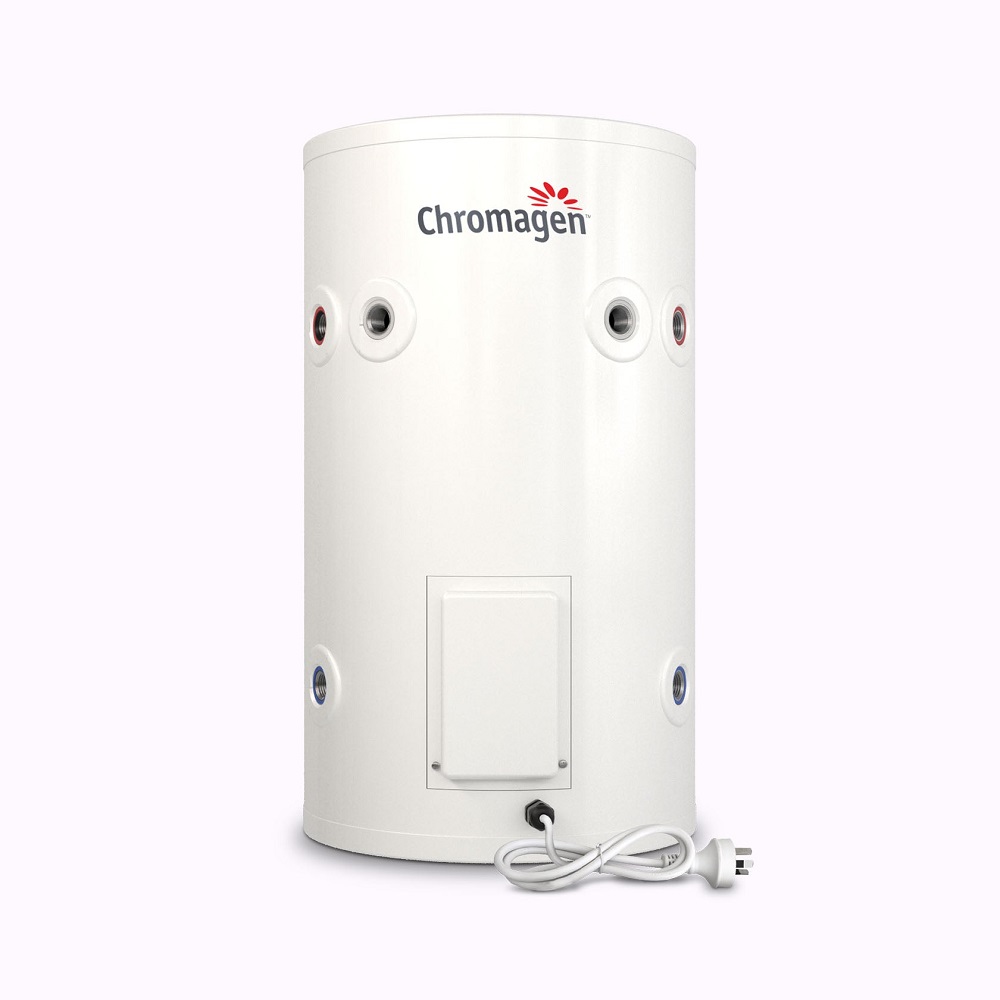
Gathering Necessary Tools and Supplies
Essential Tools
Before you begin the draining process, gather all the necessary tools and supplies. You will need a garden hose, a bucket, and possibly a pair of pliers to assist with the valve. Some people may also choose to use a flashlight if the area around the water heater is dimly lit. Having these tools readily available will streamline the process and make it easier to complete the task efficiently.
Safety Equipment
Safety should always be a priority when dealing with hot water heaters. Use heat-resistant gloves to protect your hands, and safety goggles can shield your eyes from splashes. If you’re working in a cramped space or around electrical components, consider wearing a pair of non-slip shoes to avoid accidents. Keeping yourself safe while performing maintenance tasks is essential for a smooth experience.
Preparing to Drain Your Water Heater
Turn Off the Power Supply
The first step in draining your electric hot water heater is to turn off the power supply. Locate the circuit breaker that powers your water heater and switch it off. This is vital for safety, as draining the tank while the heating elements are still on can lead to serious damage.
Shut Off the Water Supply
Next, shut off the cold water supply to the heater. You’ll typically find the shut-off valve at the top of the tank. Turning off this valve prevents additional water from entering the tank while you’re draining it. Some models may have a bypass valve as well that can be closed to ensure no water flows into the heater during maintenance.
Allow the Tank to Cool
Before starting the draining process, give the water heater some time to cool down. This step is crucial to prevent burns or accidents while working with hot water. Waiting at least 30 minutes after turning off the power is advisable to allow the temperature to drop adequately. Check the temperature of the water before proceeding, ensuring it has cooled enough for safe handling.
Draining the Water Heater
Attach a Garden Hose
Once the tank has cooled, you can proceed to drain the water heater. Begin by attaching a garden hose to the drain valve, typically located near the bottom of the tank. Ensure the connection is tight to prevent leaks. Run the hose to a suitable drainage location, such as a floor drain or outside, where hot water can exit without causing damage or flooding.
Open the Drain Valve
Locate the drain valve at the base of the water heater and open it to begin draining the water. Use pliers if necessary to turn the valve counterclockwise. You may hear a hissing sound as the pressure releases and water starts flowing through the hose. If water does not begin to drain immediately, it may be helpful to open a hot water faucet somewhere else in the house. This action breaks the vacuum and allows water to flow more freely.
Monitor the Drainage Process
As the water drains from the tank, monitor the flow rate to ensure it proceeds smoothly. It’s a good idea to check periodically for any leaks or issues at the hose connection to avoid any surprises. If the flow appears slow, try adjusting or repositioning the hose to eliminate potential kinks or blockages.
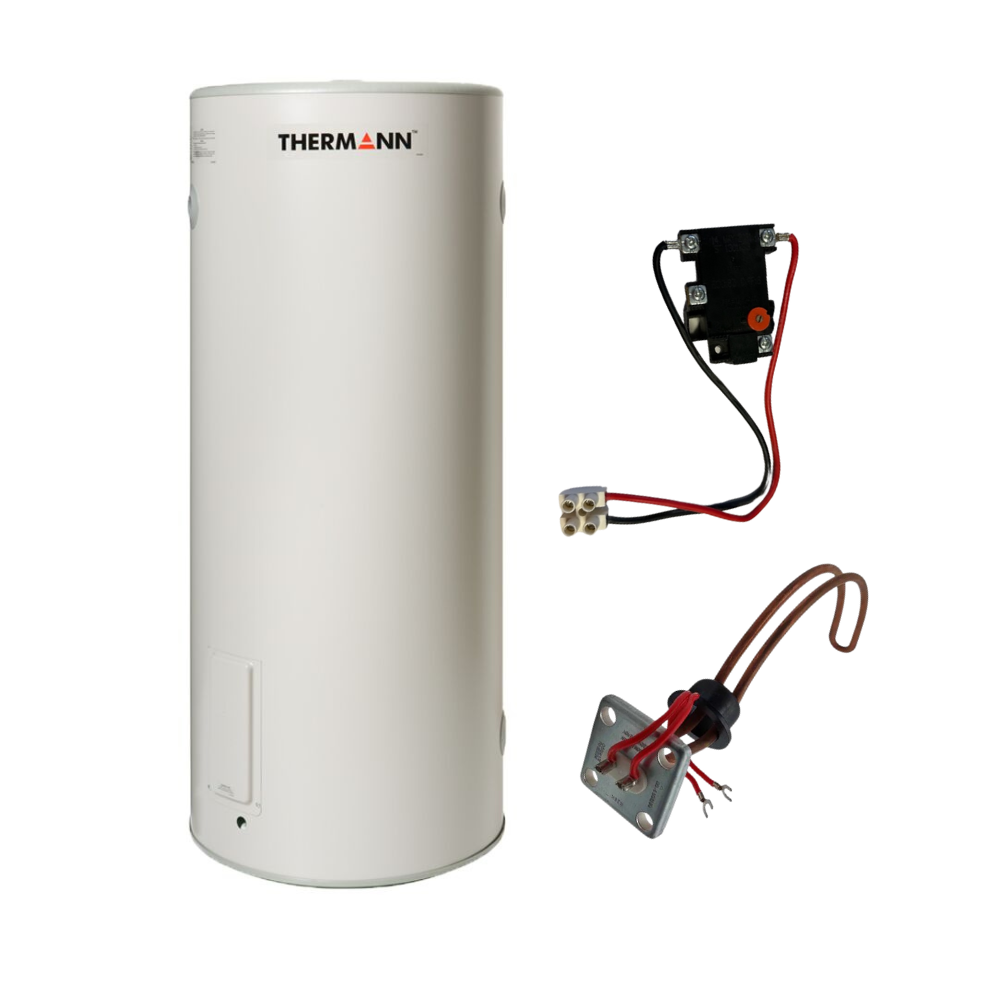
Flushing the Tank
Rinse the Sediment
After most of the water has drained, it’s time to flush the tank to remove lingering sediment. To do this, briefly turn the cold water supply back on for about 30 seconds while keeping the drain valve open. This action will stir up and flush out any remaining sediment deposits at the bottom of the tank. You should see cloudy water mixed with sediment flowing through the hose.
Repeat as Necessary
You can repeat the flushing process several times until the water flows clear. This step is crucial to ensure that all debris has been removed from the tank. Periodically checking the quality of the water exiting the hose will help you determine when the tank is thoroughly cleaned and sediment-free.
Completing the Draining Process
Close the Drain Valve
Once the water runs clear, it’s time to close the drain valve. Make sure to turn it clockwise to snugly secure it and prevent future leaks. Be cautious to avoid overtightening it, as this could damage the valve.
Refill the Tank
Now that the tank is clean and drained, it’s time to refill it with water. First, you’ll need to close the drain valve fully. Then, turn on the cold water supply to let water fill the tank. It’s essential to keep an eye on the filling process and wait until the tank reaches approximately one-third to half full.
Bleed the Air from the System
To ensure your water heater operates efficiently, you should bleed the air from the tank. This can be done by opening a hot water faucet in the house for a short while. Doing so allows air to escape from the system and also lets you hear when the tank is full. Once you notice a steady stream of water from the faucet, it tells you that air has been purged, and the tank is refilling properly.
Final Steps and Maintenance Tips
Restore Power Supply
After the tank has been refilled and air is bled from the lines, you can restore power to the water heater. Go back to the circuit breaker box and switch the breaker back on. Wait for a few minutes before turning on the hot water taps in your home to allow the water to heat up properly.
Regular Maintenance Schedule
To ensure your electric hot water heater runs efficiently, establish a regular maintenance schedule. Draining the tank every six months to a year is a good practice, but adjust this frequency based on your water quality and usage. Additionally, consider inspecting other components, such as the anode rod, which helps prevent corrosion, to assess overall health.
Inspect for Leaks
After completing the draining process and restoring the power, visually inspect the water heater and all connections for potential leaks. Addressing small problems early can prevent larger issues from developing. If you notice any leaks or unusual sounds coming from the tank, consult a professional to inspect the unit and conduct repairs as necessary.
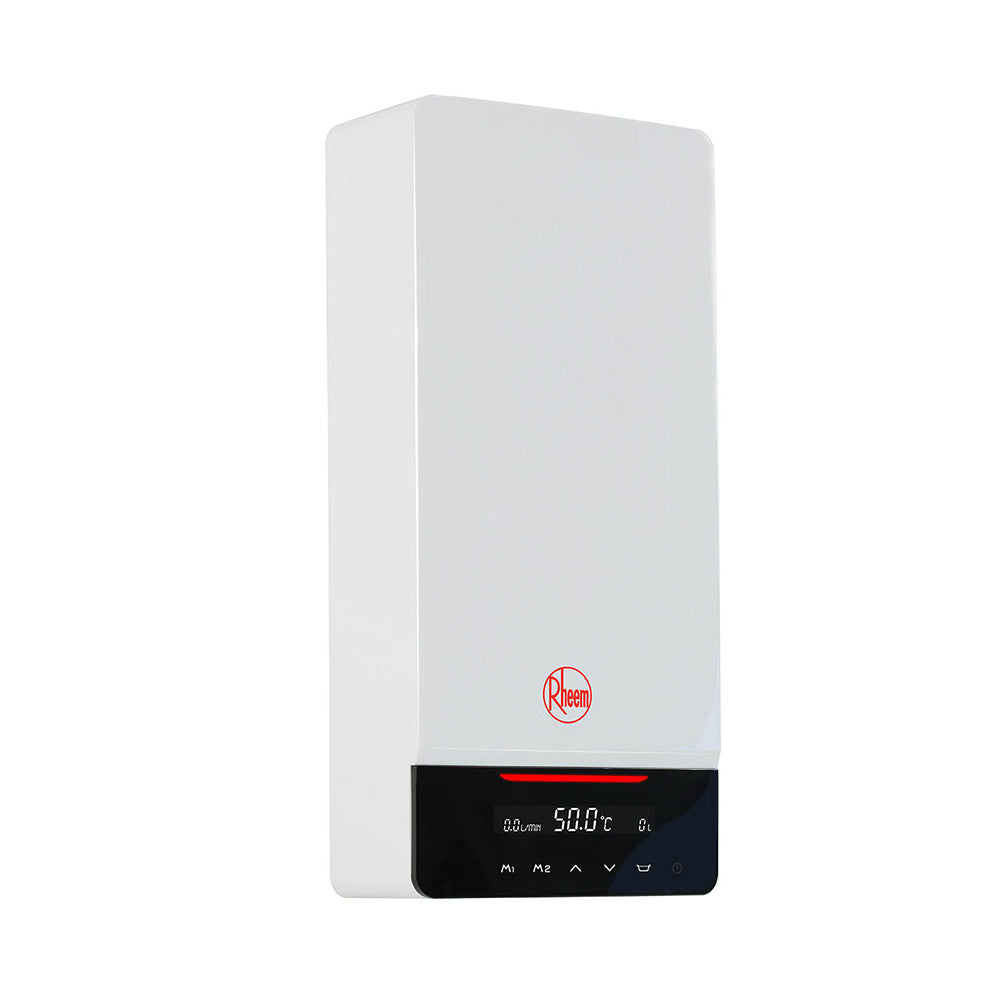
Conclusion
Draining an electric hot water heater is essential to maintaining its efficiency and longevity. By following the outlined steps carefully and performing regular maintenance, you can keep your unit in optimal condition, reduce energy costs, and ensure high-quality hot water for your home. This simple process, performed regularly, can help you avoid costly repairs and improve the overall health of your water heater. Stay proactive with your maintenance schedule, and you’ll enjoy reliable hot water for years to come.
